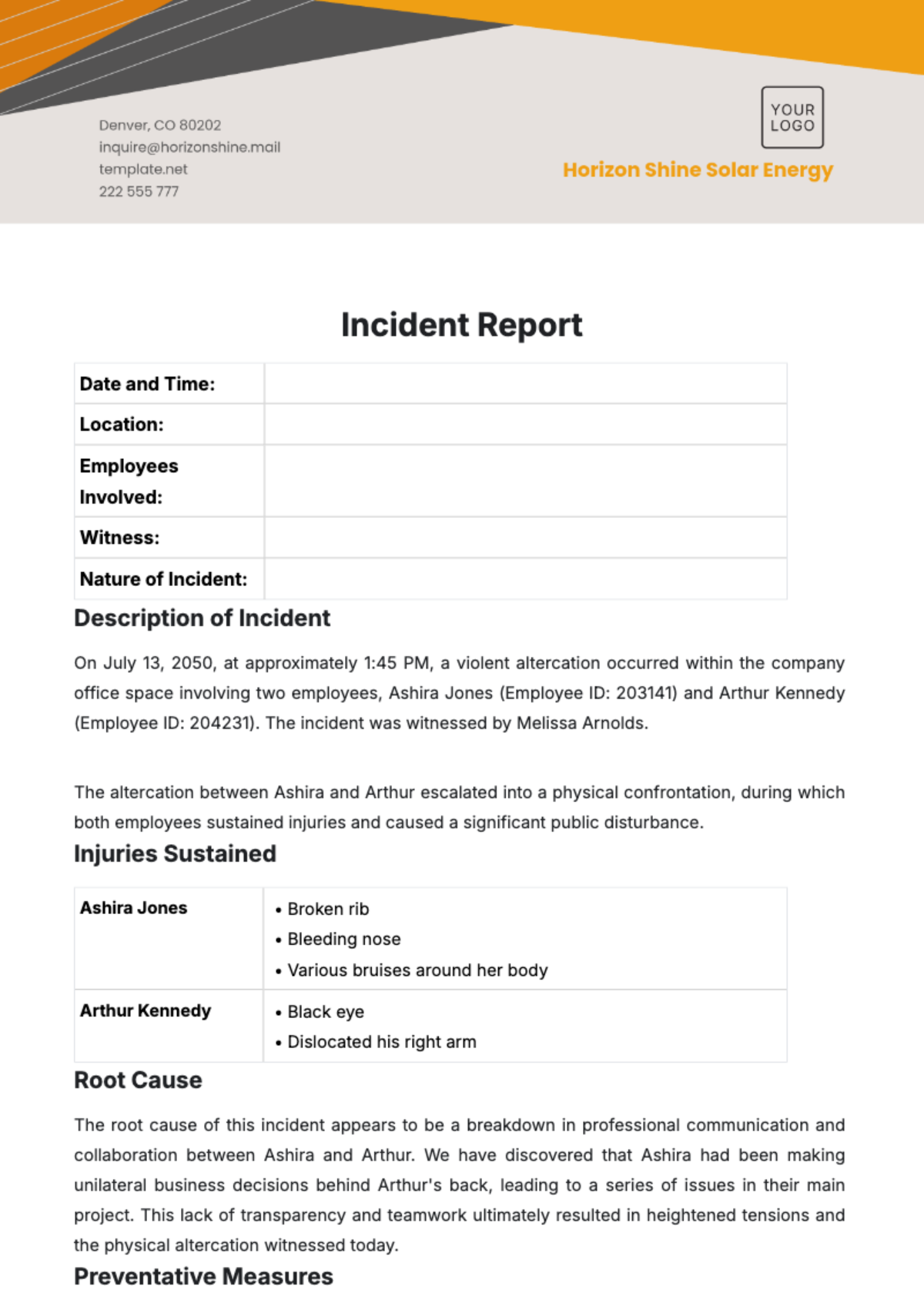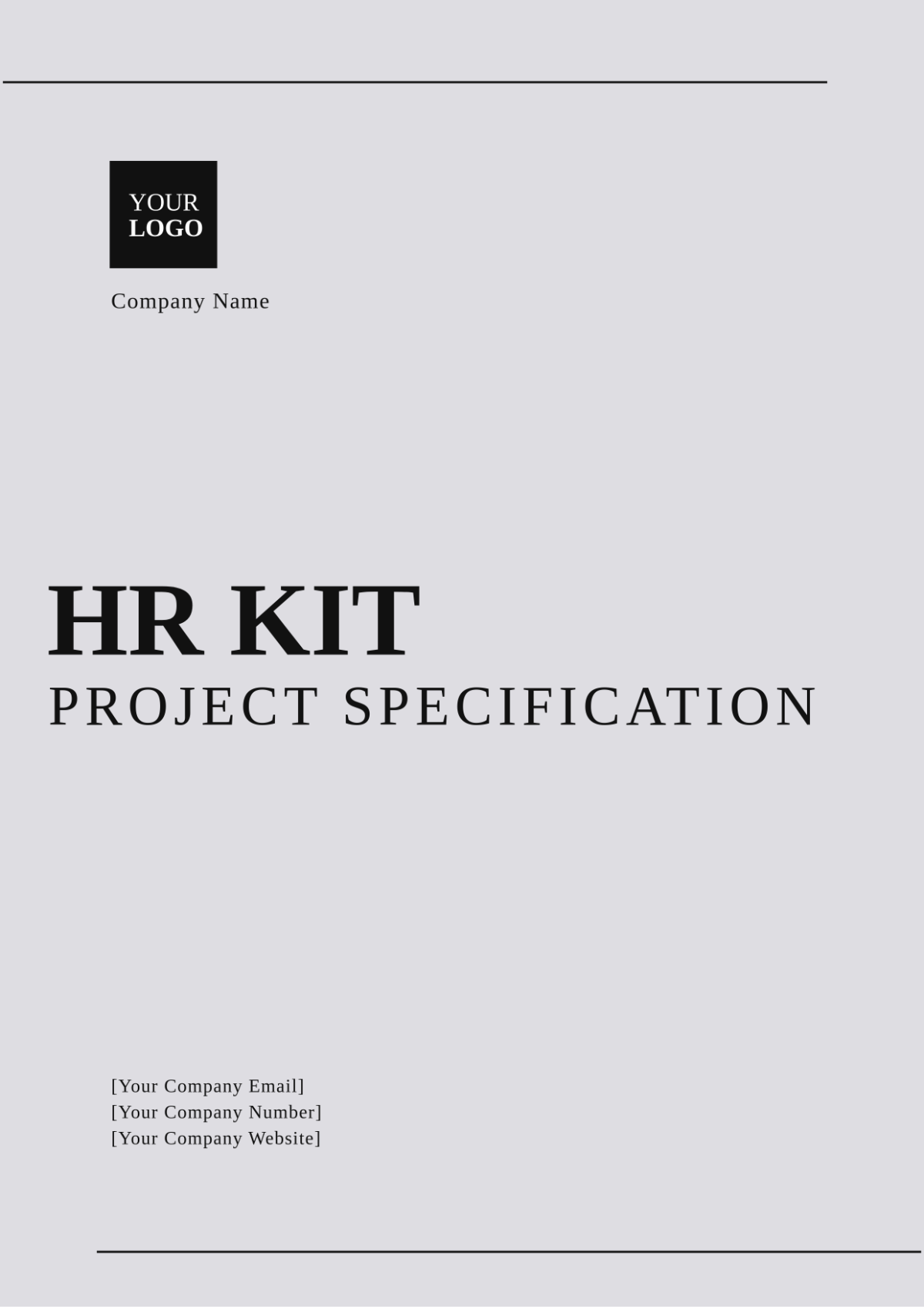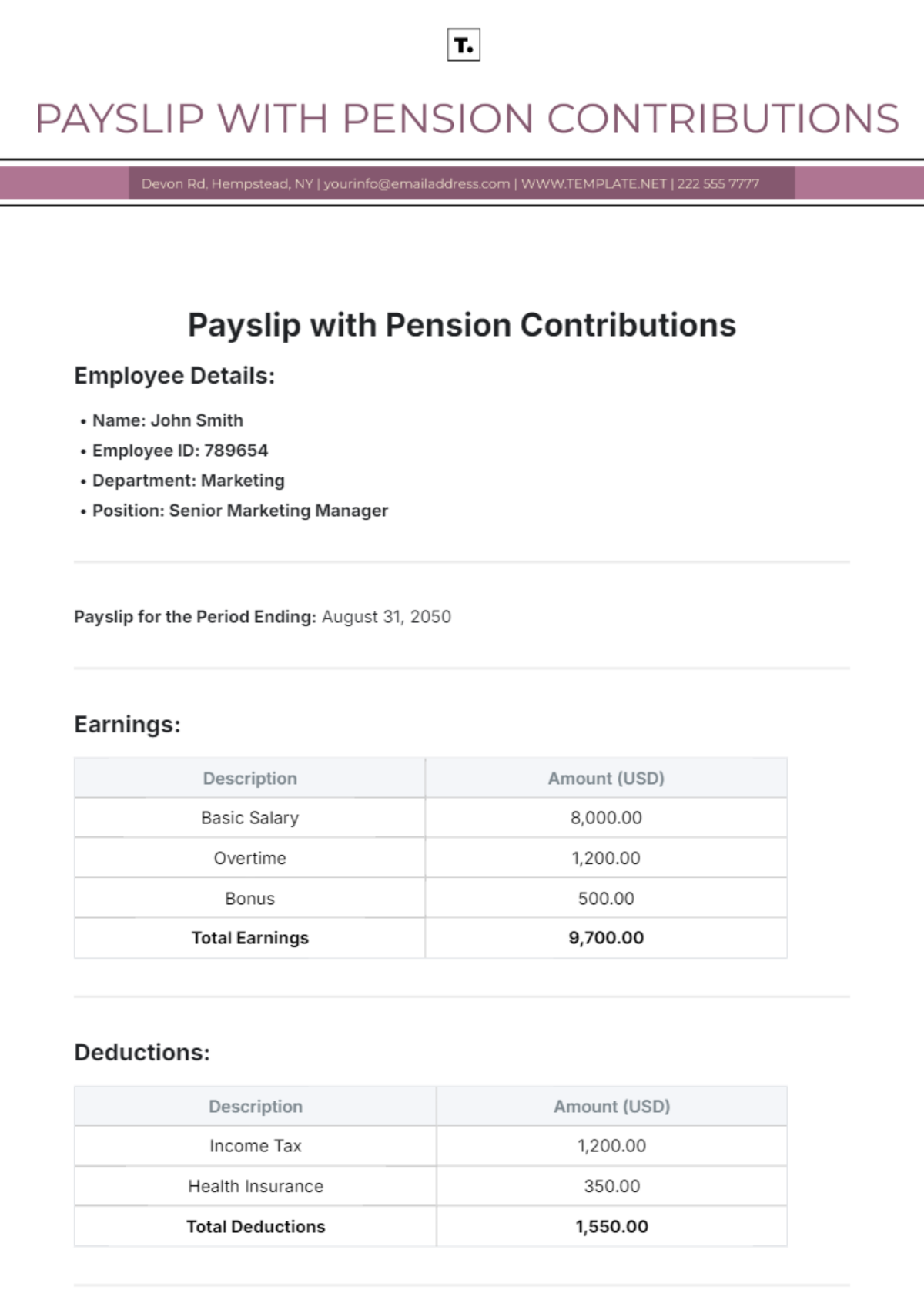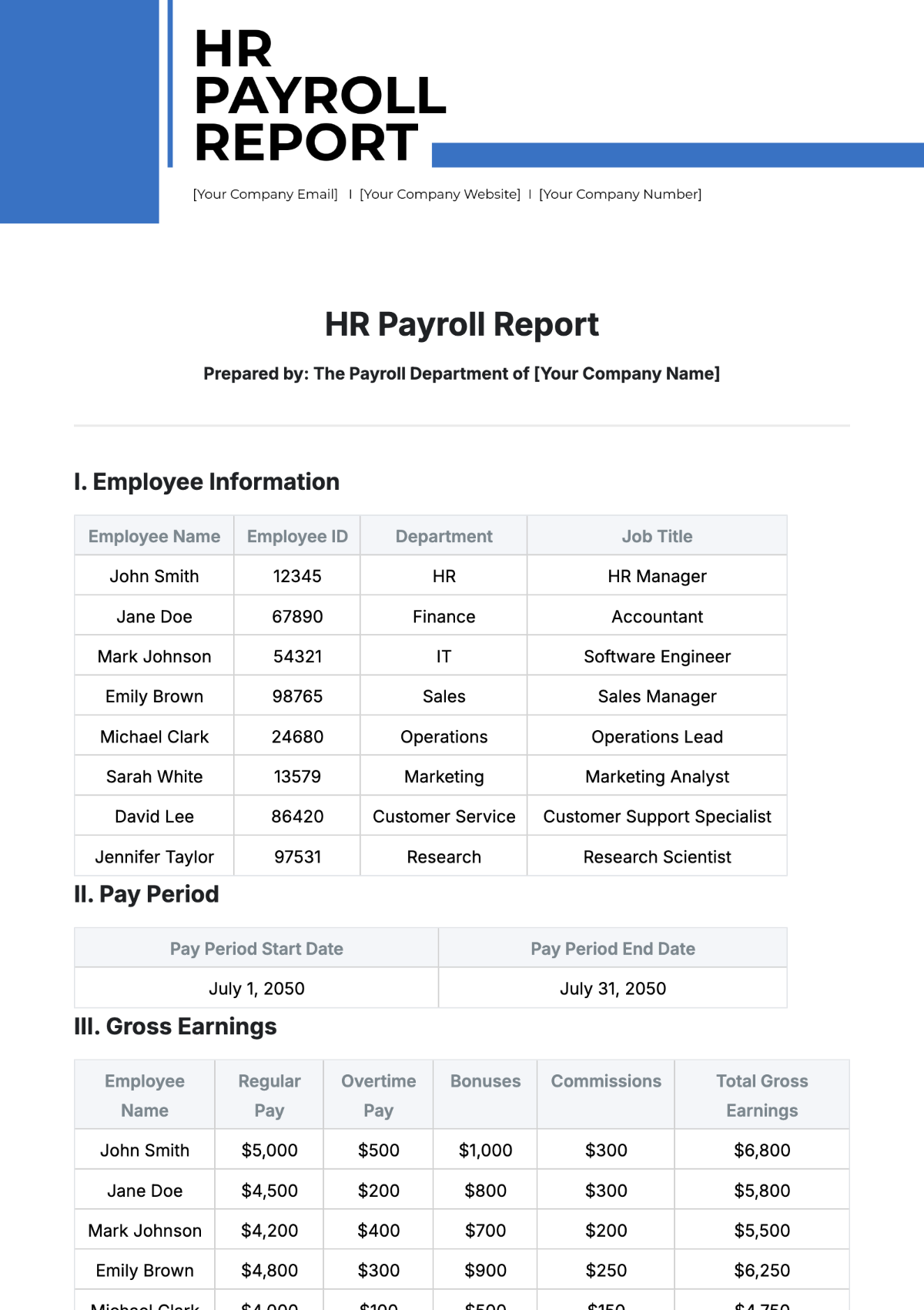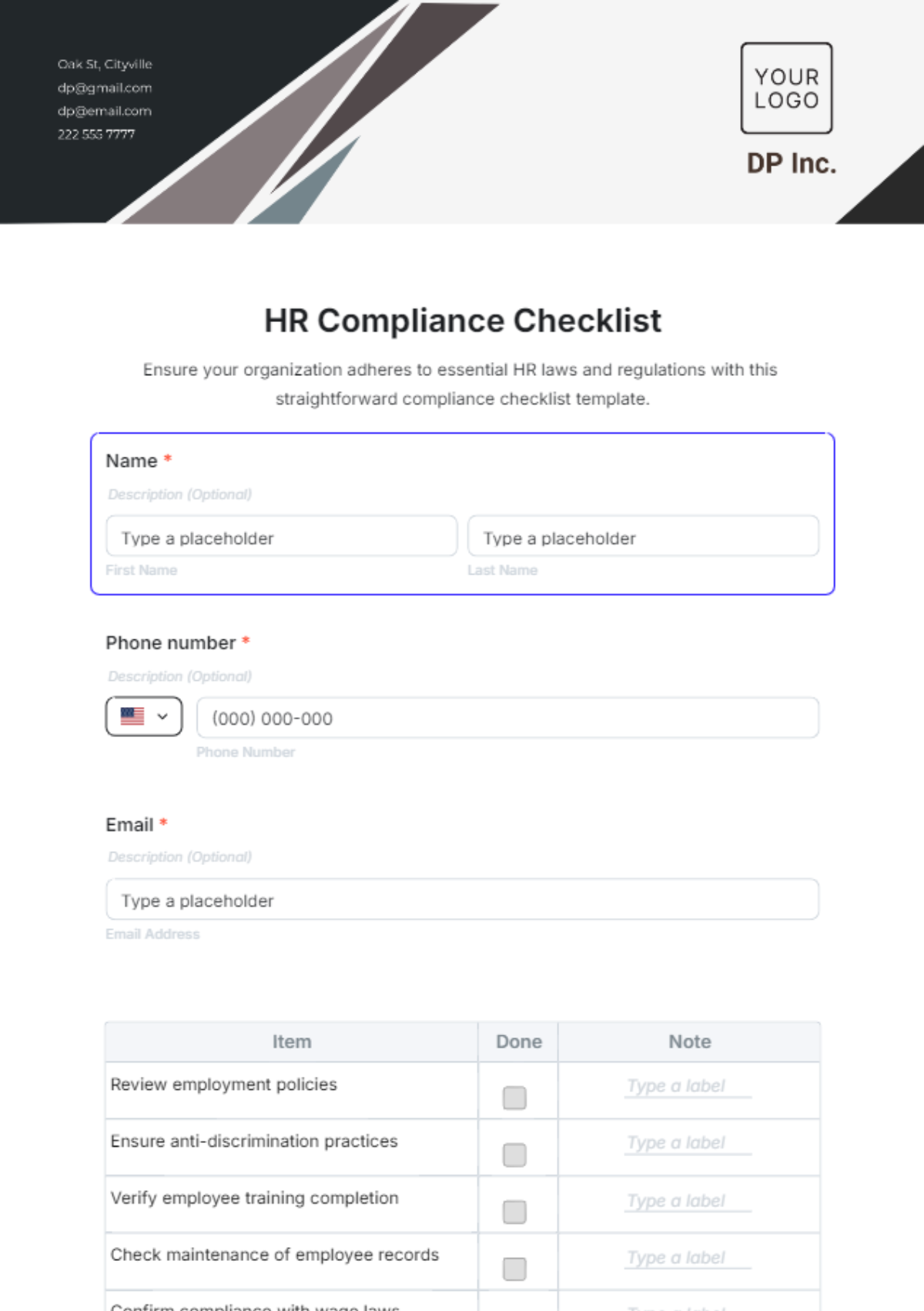Performance-Based Compensation Study
TABLE OF CONTENTS
Executive Summary...............................................................................................2
Job Analysis..........................................................................................................3
Performance Metrics.............................................................................................3
Performance Evaluation........................................................................................4
Compensation Structure.......................................................................................5
Performance-Based Incentives.............................................................................7
Monitoring And Feedback.....................................................................................8
Conclusion...........................................................................................................10
Executive Summary
The Performance-Based Compensation Study for [Your Company Name] aims to enhance the company's compensation structure by aligning it more closely with individual and team performance. This comprehensive study encompasses job analysis, performance metrics, incentives, communication, legal considerations, and benchmarking to develop a robust performance-based compensation system that motivates employees and drives organizational success.
Job Analysis
Job analysis is a critical phase of our Performance-Based Compensation Study, serving as the foundational step for designing a compensation system that accurately reflects the responsibilities and requirements of each role within [Your Company Name]. Through a thorough examination of job roles and functions, we aim to ensure that compensation is both equitable and tied directly to performance.
1. Job Descriptions
Job descriptions are the cornerstone of job analysis, providing a detailed breakdown of the roles and responsibilities associated with each job. Our objective is to create job descriptions that are not only comprehensive but also easy to understand, thereby enhancing clarity and transparency in the workplace. Clear job descriptions not only aid in performance evaluation but also help employees understand how their contributions align with organizational objectives.
2. Skills and Qualifications
This step is essential to ensure that employees are fairly compensated based on their qualifications and the demands of their positions. By outlining the necessary skills and qualifications, we enable employees to understand the professional development pathways available to them within the organization. Furthermore, it aids in making informed decisions about hiring, promoting, and compensating individuals, ultimately contributing to a more meritocratic and motivated workforce.
Performance Metrics
We delve into the critical aspect of defining and implementing objective measures that will serve as the foundation for evaluating employee performance and determining compensation. Clear, relevant, and measurable performance metrics are the linchpin of a successful performance-based compensation system.
Key Performance Indicators (KPIs) | These KPIs will serve as the compass guiding employees towards aligning their efforts with the company's overarching objectives. The selection of KPIs will be informed by the nature of the role, the department's goals, and the broader strategic vision of the organization. |
Objective Metrics | These metrics will provide a holistic view of employee performance and serve as a means to substantiate performance evaluations with quantifiable data. Objective metrics will be designed to be as transparent and fair as possible, minimizing subjectivity in performance assessments. |
Performance Data Management | To facilitate the collection and analysis of performance data, we will propose the implementation of a robust performance data management system. This system will streamline the process of data collection, storage, and retrieval, ensuring that performance metrics are up-to-date and readily accessible for managers and HR professionals. |
Continuous Improvement | We will recommend establishing a periodic review mechanism to assess the effectiveness and relevance of these metrics. This iterative approach ensures that as the organization evolves, so too will the performance metrics, allowing [Your Company Name] to adapt to changing market conditions and strategic priorities. |
Performance Evaluation
Performance evaluation is a critical component of the Performance-Based Compensation Study as it forms the basis for linking employee compensation to their individual and team contributions. To ensure a fair and effective performance evaluation process, several key elements will be addressed:
Performance Appraisal Process - The existing performance appraisal process will be thoroughly reviewed and revamped as necessary to ensure it aligns with the organization's goals and values. The revised process will include the following components: | |
Goal Setting | Employees and their managers will collaboratively establish clear and measurable performance goals at the beginning of each evaluation period. These goals will be directly tied to the organization's strategic objectives and the specific KPIs identified for each role. |
Regular Feedback | Continuous feedback mechanisms will be implemented to facilitate ongoing communication between employees and their supervisors. This includes regular check-ins, mid-year reviews, and open channels for employees to seek guidance and support. |
Objective Metrics | The performance appraisal process will incorporate a mix of quantitative and qualitative metrics that accurately reflect an employee's contributions. Objective metrics will include KPI attainment, project milestones achieved, and other measurable outcomes relevant to the role. |
360-Degree Feedback | To provide a more comprehensive view of an employee's performance, a 360-degree feedback system will be introduced. This will involve input from peers, subordinates, and other relevant stakeholders, in addition to the manager's assessment. |
Performance Ratings | A standardized rating system will be established, ensuring consistency in evaluating performance across the organization. These ratings will be aligned with the predefined performance metrics and KPIs. |
Managerial Training - Recognizing that effective performance evaluation requires well-trained managers, a comprehensive training program will be developed. The training will cover the following areas: | |
Performance Coaching | Managers will be trained to provide constructive feedback, support employees in achieving their goals, and offer guidance for improvement. |
Objective Assessment | Managers will learn how to objectively assess performance, ensuring that evaluations are based on merit and not influenced by bias or subjectivity. |
Communication Skills | Training will emphasize effective communication skills, enabling managers to engage in productive performance discussions and motivate employees to excel. |
Conflict Resolution | Managers will be equipped with conflict resolution skills to address any disputes or concerns related to performance evaluations in a fair and constructive manner. |
Compensation Structure
The Compensation Structure represents the heart of our Performance-Based Compensation Study, serving as the framework through which [Your Company Name] rewards and motivates its employees. This section outlines a multifaceted approach aimed at not only attracting and retaining top talent but also fostering a high-performance culture that aligns with our organizational objectives.
Base Salaries | |
Review And Adjustment | The foundation of our compensation structure lies in the review and adjustment of base salaries. This process will begin with a comprehensive analysis of our current salary ranges across all job roles. By evaluating market data and industry standards, we will ensure that our base salaries are competitive and reflective of the skills, experience, and responsibilities associated with each position. |
Market Competitiveness | We will go beyond mere benchmarking, seeking to position [Your Company Name] as an employer of choice. This entails not only meeting industry standards but exceeding them where necessary. Maintaining competitive base salaries will enable us to attract and retain the best talent in the market, reinforcing our ability to drive organizational success. |
Internal Equity | Our commitment to fairness extends within the organization. To promote internal equity, we will address any discrepancies in compensation among employees with similar roles. This process ensures that individuals performing similar tasks are fairly compensated and underscores our commitment to equality within our workforce. |
Variable Pay | |
Performance-Based Bonus and Incentives | A cornerstone of our compensation structure is the introduction of a performance-based bonus and incentives system. This system directly links financial rewards to individual and team achievements. Aligned with the performance metrics and objectives established earlier, it creates a transparent and quantifiable connection between an employee's contributions and their compensation. |
Motivation And Recognition | Beyond the financial aspect, this system serves as a powerful motivational tool. It encourages employees to consistently strive for excellence, reinforcing a culture that values results and recognizes exceptional effort. Employees will be motivated by the prospect of being rewarded for their contributions to the organization's success. |
Customization | Acknowledging that each job role may have distinct requirements, our compensation structure allows for customization within the performance-based bonus system. Different roles may have unique performance metrics, weights, and targets to ensure that the system is tailored to specific job demands and organizational goals. |
Long-Term Incentives | To nurture a sense of ownership and long-term commitment, we will explore the incorporation of long-term incentives, such as stock options or equity grants. These incentives will not only serve to retain top talent but also align their interests with the sustained growth and prosperity of [Your Company Name]. |
Performance-Based Incentives
Within the Performance-Based Compensation Study for [Your Company Name], the section on Performance-Based Incentives delves into the critical realm of rewards and recognition. We recognize that motivating and retaining top talent is not solely about competitive base salaries; it also hinges on providing incentives that drive performance and reinforce our commitment to excellence.
Bonus Criteria | |
Clear And Transparent Criteria | The foundation of our Performance-Based Incentives is the establishment of clear and transparent criteria for awarding bonuses. These criteria will be directly linked to our performance metrics, KPIs, and organizational objectives. Employees will have a comprehensive understanding of the expectations and targets they must meet to qualify for bonuses. |
Individual And Team Recognition | Our system will strike a balance between individual and team achievements. While we aim to recognize and reward outstanding individual performance, we also emphasize the importance of collaboration and teamwork. This dual approach ensures that our incentives promote both individual growth and collective success. |
Timely Payouts | To maximize the motivational impact of our bonuses, we will implement a schedule for timely payouts. Employees will receive feedback and rewards promptly after the evaluation period, reinforcing the connection between performance and compensation. |
Profit-Sharing | |
Promoting A Stakeholder Mentality | Going beyond short-term bonuses, we propose the exploration of profit-sharing plans. These plans will enable employees to share in the financial success of [Your Company Name], fostering a sense of ownership and a stakeholder mentality. Profit-sharing aligns employees' interests with the long-term profitability and sustainability of the organization. |
Alignment With Organizational Goals | Profit-sharing plans will be designed to align with our strategic objectives and financial targets. Employees will see a direct link between their efforts and the financial health of the company, motivating them to contribute to our shared success. |
Communication And Transparency | Communication will be key to the success of profit-sharing initiatives. We will establish clear communication channels to explain how these plans work, the impact on compensation, and the organization's financial performance. Transparency ensures that employees feel engaged and informed. |
Monitoring And Feedback
Continuous evaluation and feedback are integral to the success of the Performance-Based Compensation Study for [Your Company Name]. In this section, we detail the strategies and processes we will implement to ensure that our compensation structure remains dynamic, adaptive, and aligned with our organizational goals.
Performance Monitoring | |
Ongoing Assessment | Our commitment to a performance-based compensation system extends beyond its initial implementation. We recognize that the business landscape is constantly evolving, and employee performance can change over time. Therefore, we will establish an ongoing assessment process to continuously monitor and evaluate the effectiveness of our compensation structure. |
Data-Driven Insights | Performance data, alongside compensation metrics, will be collected and analyzed regularly. This data will provide valuable insights into employee performance trends, enabling us to identify areas of strength and areas that may require additional support or adjustments. |
Benchmarking And Best Practices | Periodic benchmarking against industry standards and best practices will help us stay competitive and ensure that our compensation structure remains relevant in a rapidly changing job market. |
Feedback Mechanisms | |
Employee Input | Our employees are at the forefront of our organization's success. To harness their insights and experiences, we will establish feedback mechanisms that allow employees to share their thoughts, concerns, and suggestions regarding the compensation system. |
Regular Surveys | Anonymous surveys will be conducted periodically to gauge employee perceptions and satisfaction with the new compensation system. These surveys will provide a confidential platform for employees to voice their opinions, fostering a culture of open communication. |
Focus Groups And Interviews | In addition to surveys, we will conduct focus groups and one-on-one interviews to gather more in-depth feedback. This qualitative approach will allow us to explore nuanced perspectives and gain a deeper understanding of employee sentiments. |
Feedback Integration | The feedback received will not be a one-way street. We are committed to acting upon employee feedback and making continuous improvements to our compensation structure based on their input. |
Employee Feedback | |
Analysis And Action | Employee feedback will be subjected to thorough analysis. Key themes and actionable insights will be identified and shared with relevant stakeholders, including the leadership team and HR. Action plans will be developed to address concerns and implement suggested improvements. |
Communication Loop | We will establish a clear communication loop to keep employees informed about how their feedback has influenced changes in the compensation structure. This transparent approach will underscore our dedication to employee engagement and satisfaction. |
Conclusion
In conclusion, the Performance-Based Compensation Study for [Your Company Name] represents a comprehensive effort to revamp our compensation and rewards system. This study aims to align our compensation structure with organizational goals, maintain competitiveness while ensuring internal equity, and motivate employees through performance-based incentives and profit-sharing plans. It emphasizes continuous improvement through monitoring and feedback, with a strong focus on employee engagement and satisfaction. Ultimately, our goal is to create a workplace culture where excellence is celebrated, individual contributions matter, and success is a shared journey. This study sets the stage for [Your Company Name] to attract and retain top talent while driving ongoing success and growth.


